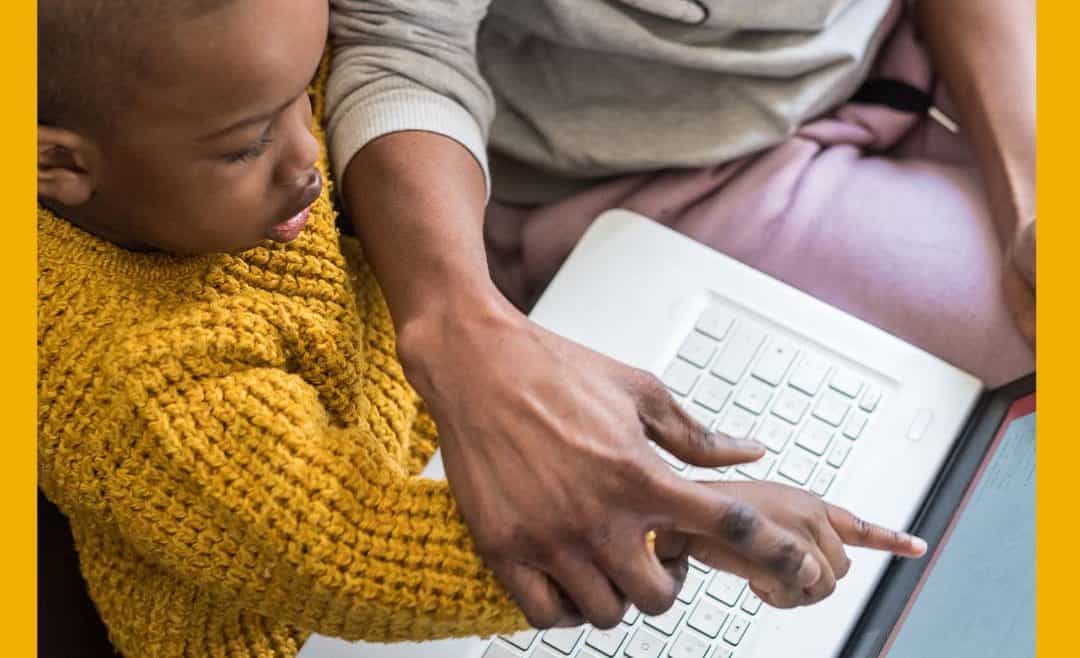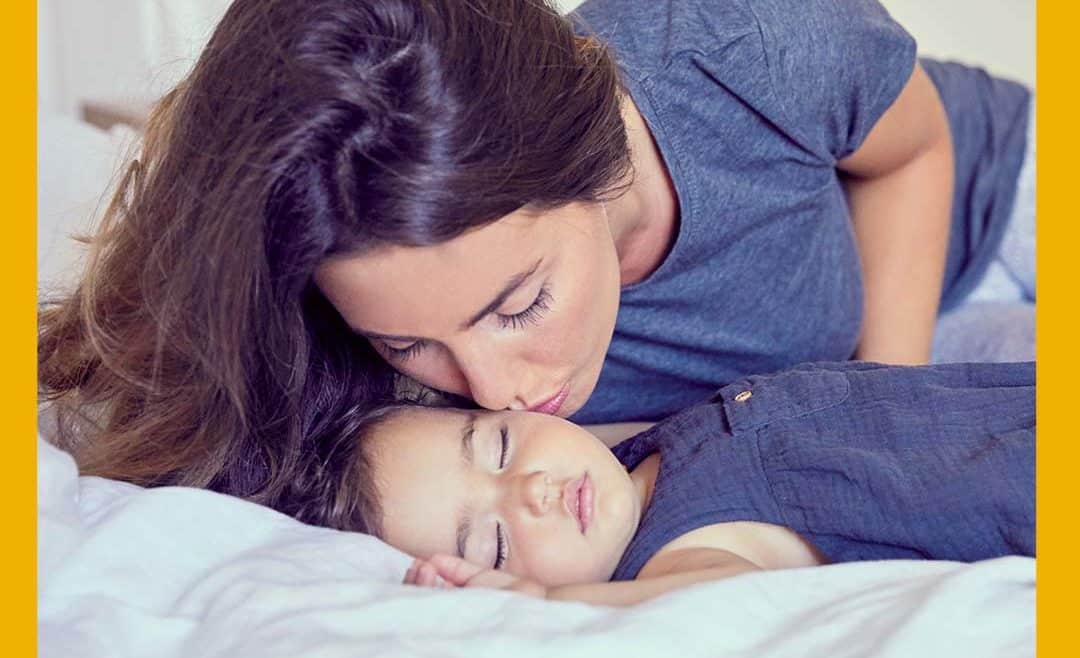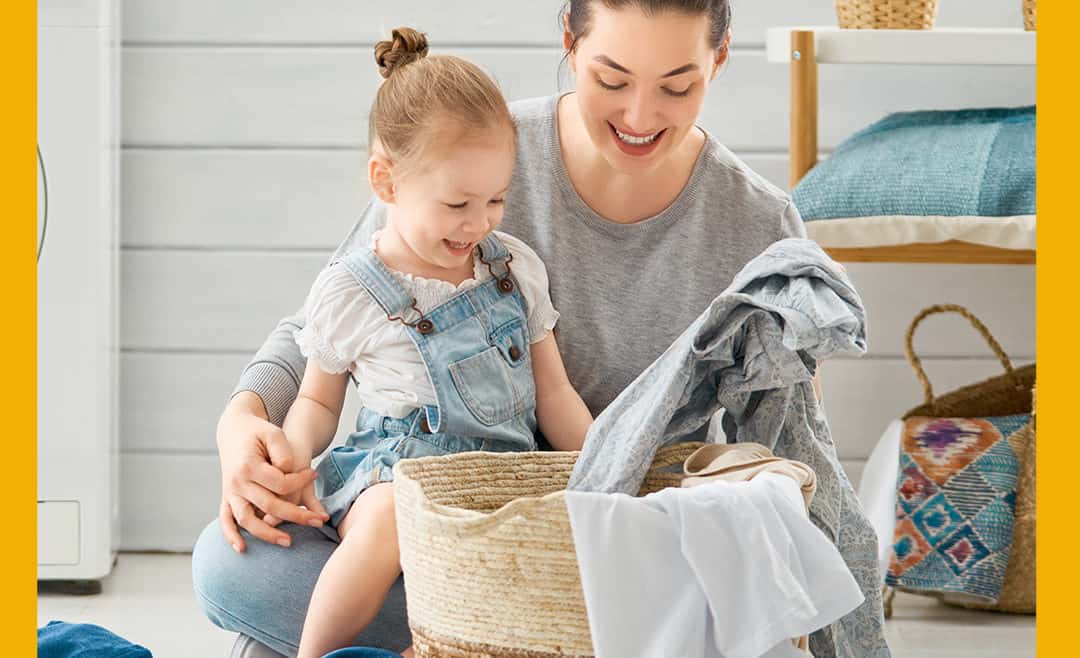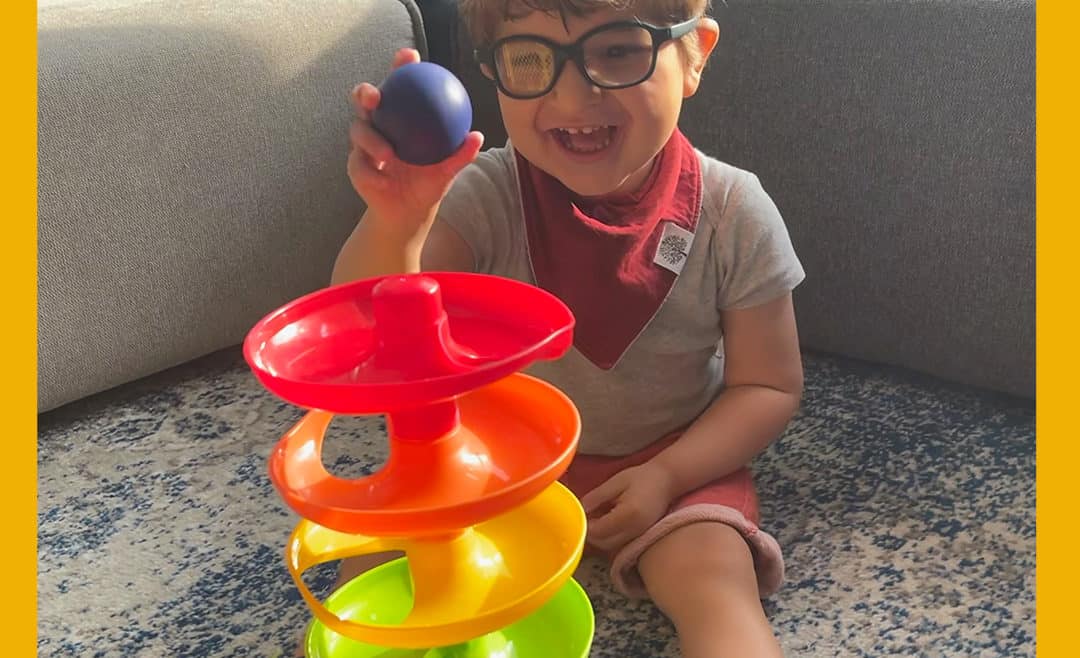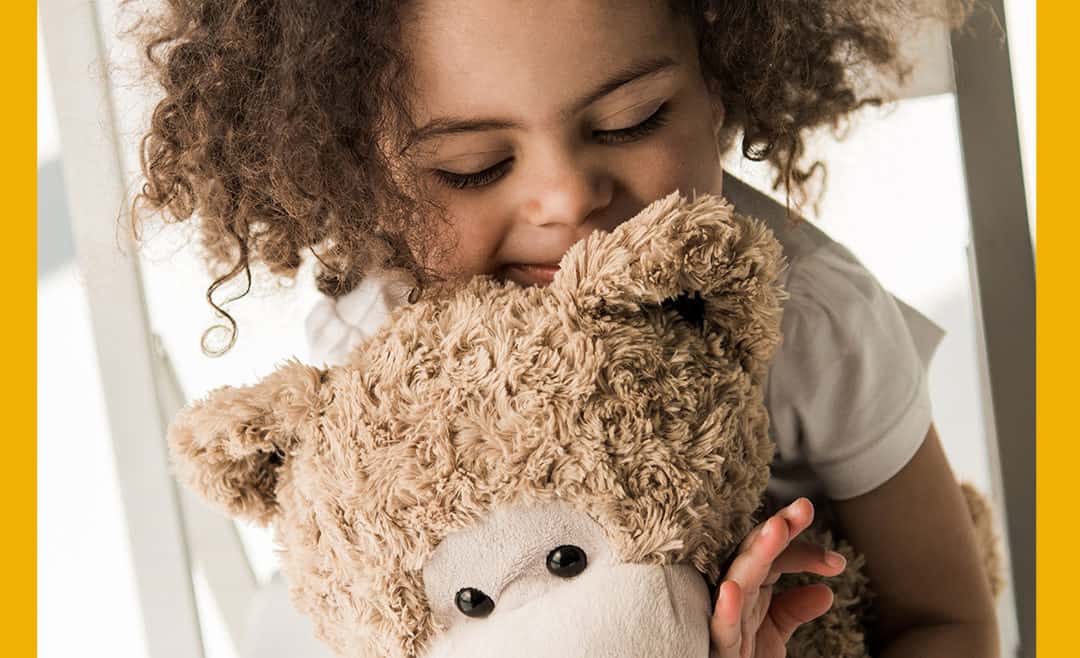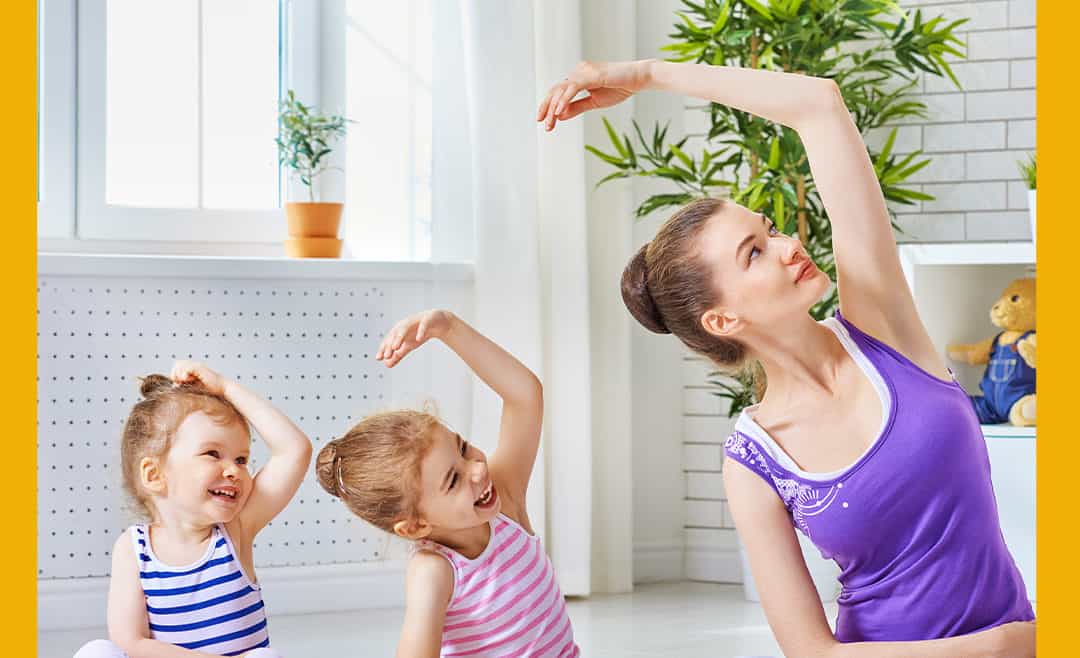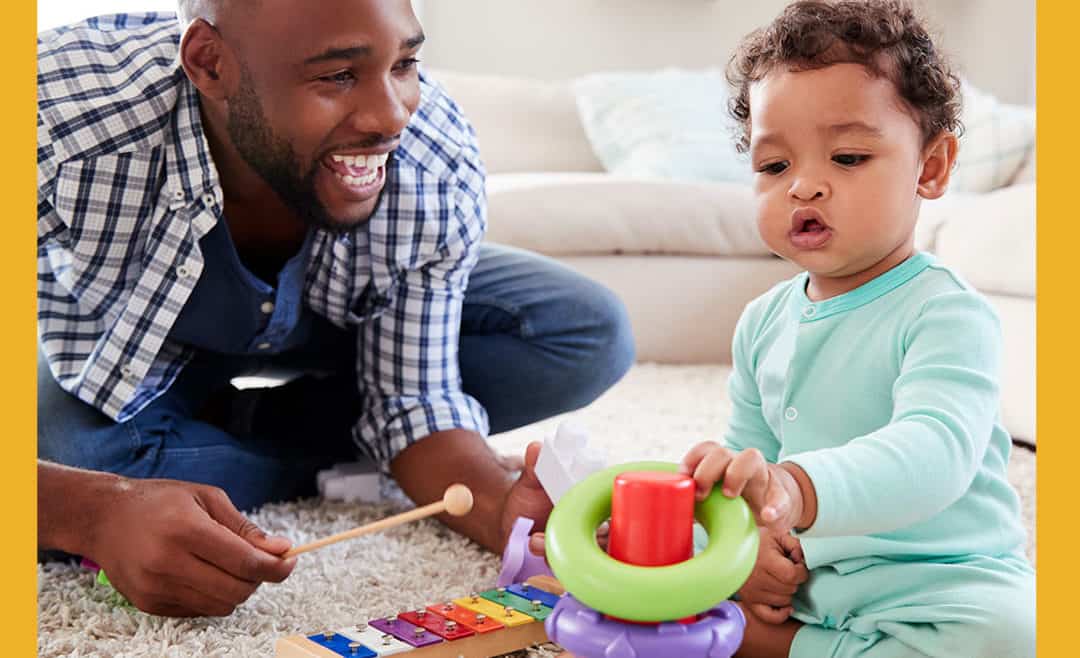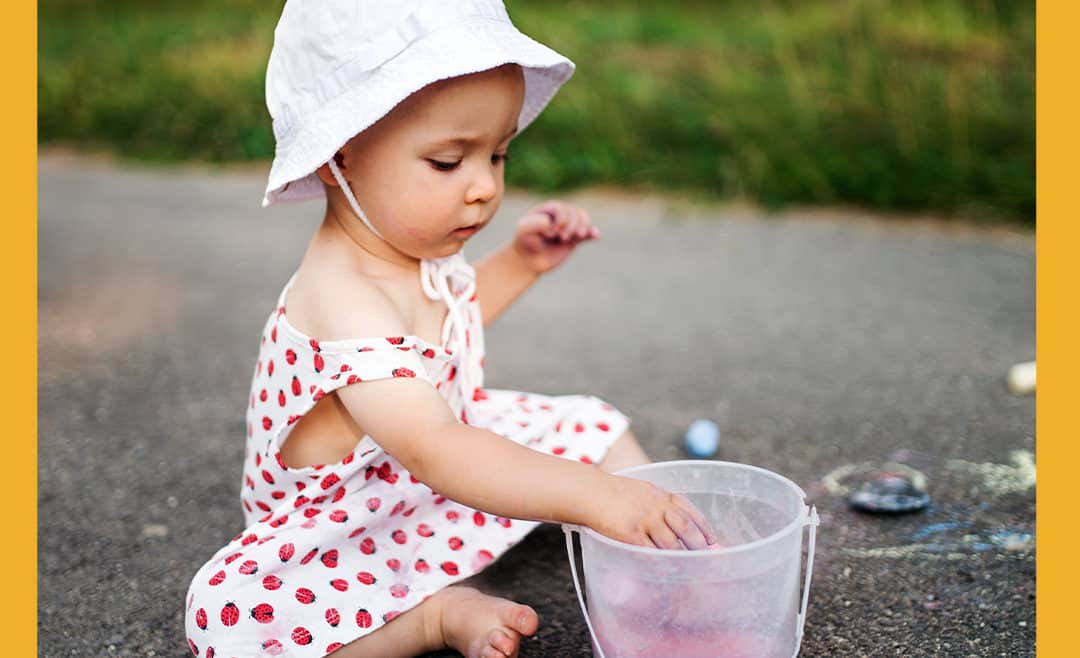Summer is just around the corner, which can only mean one thing… Your little ones are out of school and are back at home during the day! While it’s great that your kiddos will be around the house more, it also means that you’ll need to find ways to keep them entertained while also working on their skills in the process. A wonderful way to accomplish this is to utilize the technology around your house. Though we should try to monitor our children’s screen time, technology in small doses can be extremely beneficial and will help keep your little ones entertained.
From watching educational videos to partaking in family workouts and more – here are some excellent ways to use technology around your house that work on your child’s therapy:
Find Videos on YouTube Kids: YouTube Kids is full of educational videos that will help your little one work on their skills. With YouTube Kids, you can feel comfortable knowing that each video is specifically made for kids and are age-appropriate. Some of our favorite types of videos on the platform include:
- Fun musical videos that your kiddos can dance to
- Simple crafts that your child can make
- Kid’s yoga videos that work on your child’s physical therapy
- Cute nursery rhymes your child can sing along to
Print Out Pictures: Have your child sit next to you and search for a cute page full of fun objects. For example, you could search for cartoon animals, flowers, or houses. Print out the page, and have your child use their fine motor skills to color each object. Once they’re done coloring, they can cut out each object and use them to play pretend!
Play Games During a Video Call: Set up a time where your child can call up their loved ones (grandparents, aunts, uncles, etc.) and have them play fun games during the video call. Some game ideas that are fun for the whole family include:
- 20 questions
- Simon Says
- Charades
- Pictionary
Partake in a Digital Family Workout: One final way to use technology to help work on your child’s therapy is to partake in a digital family workout. Look online for family-friendly workouts, and select one that looks like you and your little ones will enjoy. Make the workout fun by playing upbeat music in the background, and reward yourselves afterward by eating a delicious and healthy snack!
Follow us on our social media (Facebook, Instagram, Pinterest) all month long for more awesome ways to work on your child’s therapy using technology. We will also be sharing tips, activities, resources, and more! As always, please don’t hesitate to contact us at any time to discuss if your child would benefit from pediatric therapy. Our team is here to support both you and your child in any way that we can.

